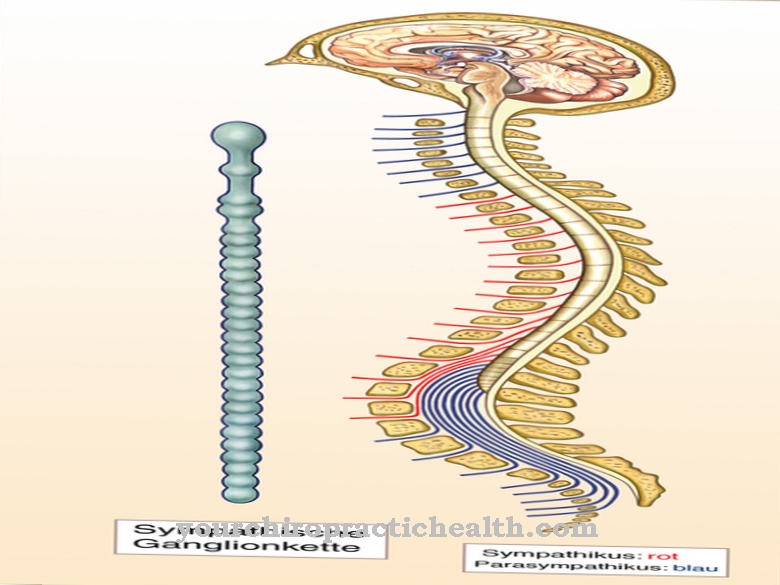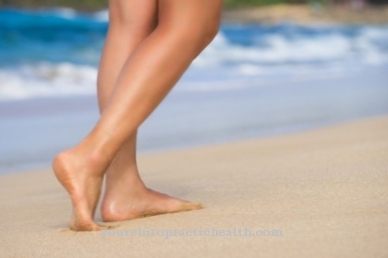In our modern performance society, daily stress is a constant companion that no longer lets many people switch off properly. Relaxation techniques can help body and soul to regain balance.
What are relaxation techniques?

Relaxation techniques are methods of reducing physical and mental tension through targeted exercises.
Stress is actually a natural body reaction to unforeseen dangerous situations. Our ancestors relied on being able to react with lightning speed in dangerous situations with fight or flight. To do this, the body mobilizes all of its forces and briefly released the stress hormones adrenaline, dopamine and cortisol, which are quickly broken down again through physical activity.
Today we usually no longer have to flee from wild animals or hunt our food ourselves and there is no longer any need for a physical reaction. Today, stress remains stuck in the body and is the trigger for various symptoms such as palpitations, headaches and tension and even sleep disorders. That is why body and soul have to learn to use relaxation techniques to get rid of excess internal stress so that it does not make you sick.
Function, effect & goals
While relaxation techniques cannot eliminate the root causes of stress, they can help us deal with stress better and get rid of it so that it does not cause damage to the body. Depending on personal preference, there are a number of different physical and mental relaxation techniques for harmonizing body and soul.
The simplest method is to consciously take a break and shift down a gear again. It can be enough to go to the sauna, take a walk or take a relaxing bath.
Regular endurance sports such as cycling, jogging, swimming and dancing are excellent for reducing stress and are a good counterbalance to intellectual work for people who have to work a lot at their desks.
Many people associate yoga primarily with acrobatic contortions, but it is actually an Indian philosophy that aims to bring body and soul into harmony with a combination of body, breathing, meditation and concentration exercises. There are different yoga teachings. In Hatha Yoga, which is mainly practiced in Western countries, the focus is on physical exercises.
In Tai-Chi (Taijiquan), a Chinese martial art with numerous directions and exercises, the body is constantly in motion and tension is slowly and gently built up and released again. The exercises strengthen the Qi (life energy) and refine the perception.
Qi Gong literally means "exercise energy" and is an approx. 3000 year old art of movement that promotes vitality and inner serenity through soft, flowing movements and calm breathing.
The five Tibetans are five simple exercises that are similar to yoga and, in addition to strengthening muscles, tendons and bones, stimulate the release of happiness hormones and thus reduce stress.
Meditation promotes a better handling of everyday stressful situations through inner mindfulness and relaxation. The meditative exercises also include mindfulness exercises in which conscious awareness is trained. Fantasy trips are made in which a reader reads out a text that stimulates the imagination and thereby induces relaxation.
Autogenic training is a form of self-hypnosis in which a hypnosis-like state of consciousness is brought about through various techniques and suggestive messages, which is then lifted again by a withdrawal exercise. During the resting phase, messages are communicated to the subconscious, which are intended to bring about relaxation in everyday situations beyond the exercise.
With progressive muscle relaxation according to the American doctor Jacobson, all muscle groups in the body are gradually loosened through an interplay of tension and relaxation, thereby relieving tension. It is easy to learn and can be performed almost anywhere.
In addition, there are many relaxation and wellness options such as sauna, Ayurveda, foot reflexology, singing bowl massage, focusing, biofeedback and many more.
You can find your medication here
➔ Medicines for relaxation and nerve strengtheningRisks, side effects & dangers
First of all, it is important not to put yourself under pressure to have to relax, because many people cannot relax on command. It takes time and ideally a cozy environment.
Most relaxation techniques are completely without risks and side effects and are a good prevention against stress-related illnesses such as back problems, high blood pressure, tension headaches, etc. With some techniques such as progressive muscle relaxation according to Jacobson or autogenic training, a slight drowsiness can occur after the exercises. Therefore, after the relaxation phase, sufficient time should be available to arrive again in peace.
Although autogenic training is not recommended for people with depression, personality disorders, severe mental illness and anxiety, these problems can be exacerbated by self-absorption during the exercise phase.
Progressive muscle relaxation can worsen anxiety and increase uncomfortable body sensations. It is not recommended for people with heart problems and asthma, or for migraineurs.
In general, with all techniques it is important to do them correctly. Interested beginners should rather attend a course, e.g. B. in a community college, and learn the techniques under professional guidance. Books and CDs are also available for most relaxation techniques.

















.jpg)







.jpg)


